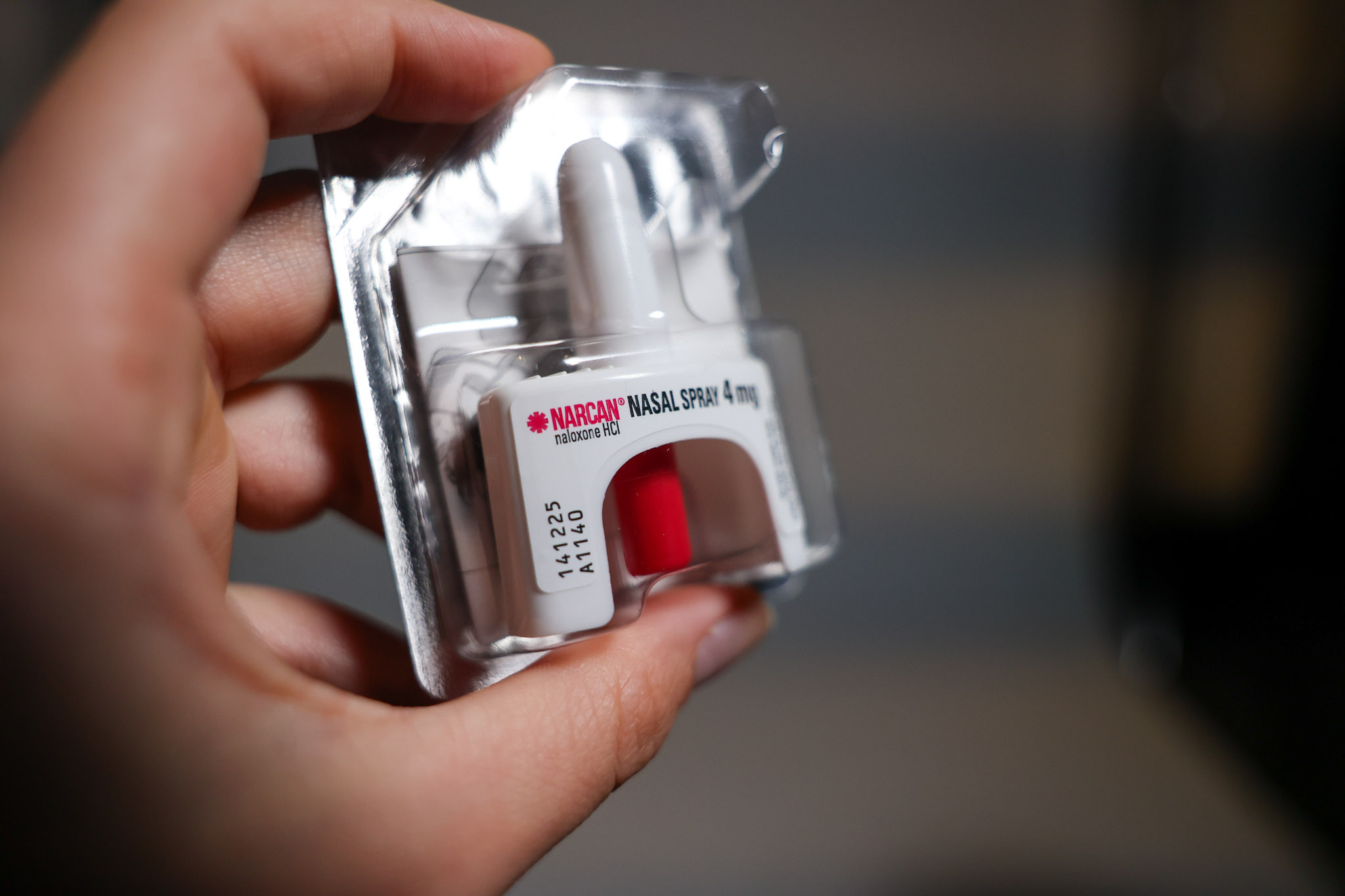Lawmakers across the Bay Area are calling for Narcan to become more widely available as fentanyl deaths continue to tear through the region.
Santa Clara County supervisors were the latest to call for greater access to the opioid antidote on Tuesday, proposing that public libraries serve as Narcan distribution sites after the county saw a 100% increase in overdose deaths in 2021.
San Francisco has also seen a devastating rise in fentanyl related deaths. Though the total fatalities have decreased slightly since peaking in 2020, local libraries say they have felt the impact of the crisis.
In a statement, the San Francisco Public Library said that its staff have reversed more than 40 overdoses since 2017 and that the Department of Public Health employs workers to patrol the city’s main library and administer the antidote when needed.
The SF Public Library also hires a full-time social worker and provides voluntary overdose reversal training to its staff.
“We are essentially already responding to the need for overdose intervention,” the SF Public Library said in a statement.
Assemblymember Matt Haney introduced a bill to the Legislature in December that requires gas stations, bars, libraries and single room occupancy (SRO) hotels to make Narcan available in a manner similar to fire extinguishers, or else face a $1,000 fine.
“Until we can cut off the source of fentanyl, we have a responsibility to make sure the only effective first aid response is always there when it’s needed,” Haney said in a statement at the time.
Last year, more than 2,500 overdose reversals were performed by first responders in San Francisco in addition to 4,000 reversals administered by private parties.
In a statement, the Department of Public Health said that it trained more than 2,500 people to administer naloxone and distributed 72,000 kits of the antidote along with community partners last year. The department added that members of the public can obtain kits free of charge at its Community Behavioral Health Services Pharmacy at 1380 Howard St.
San Francisco Unified School District has trained staff and stocked Narcan at middle and high schools within the system. Other districts have been slow to catch on: Only 60% of Bay Area school districts that responded to a survey in December said they had trained their staff on recognizing fentanyl overdoses, and 63% of the respondents said they didn’t have Narcan on their campuses.
The arrival of dangerous new drugs that aren’t as receptive to the antidote has raised new worries among drug users and health professionals.
The SF medical examiner confirmed in February that four people died in San Francisco after using a new drug called Xylazine, or "Tranq," an animal tranquilizer that causes severe skin ulcerations and necrosis.
Tranq is resistant to Narcan because it’s not an opioid, but it produces symptoms that can be difficult to distinguish from an opioid overdose. The deaths from the new drug in San Francisco came after users combined it with fentanyl, according to the health department.
Meanwhile, some suspect that another highly potent opioid called Isotonitazene, or "ISO," has also made its way to the city’s streets.
Locals are concerned that the arrival of the new drug could diminish San Francisco’s stockpile of Narcan because ISO requires a faster response and a higher dose of the antidote to be effective.
Many of the city’s overdose deaths occur in private residences, where people aren’t found until its too late to revive them. A plan released by the health department last year to abate overdose deaths aims to expand the city’s supply of Narcan by 30,000 doses annually.
